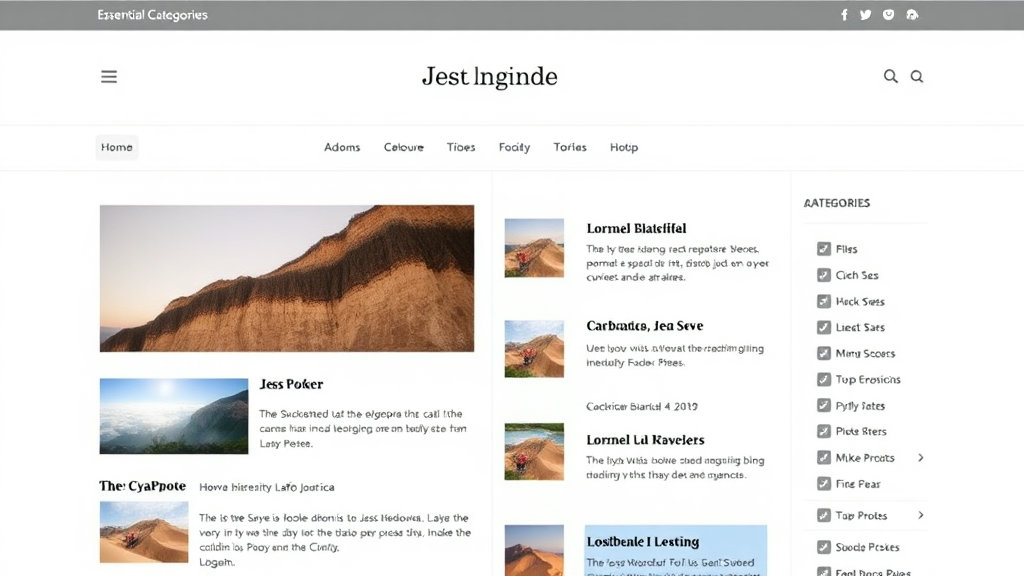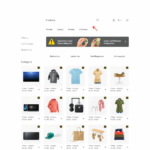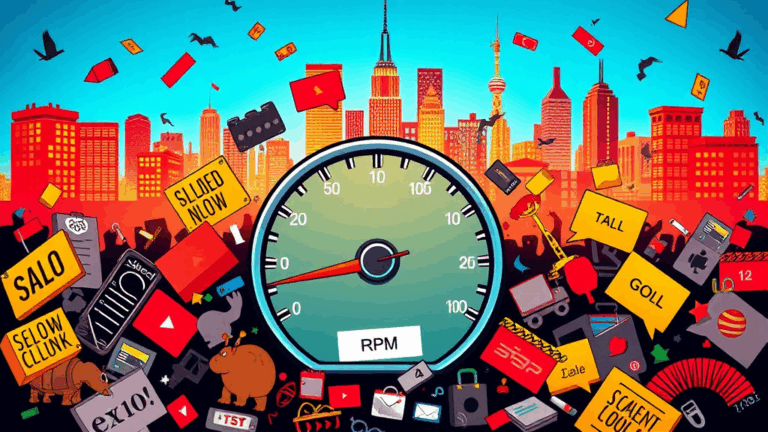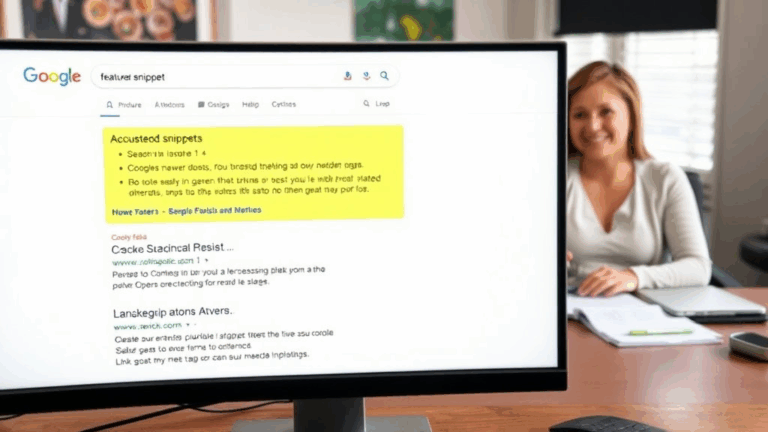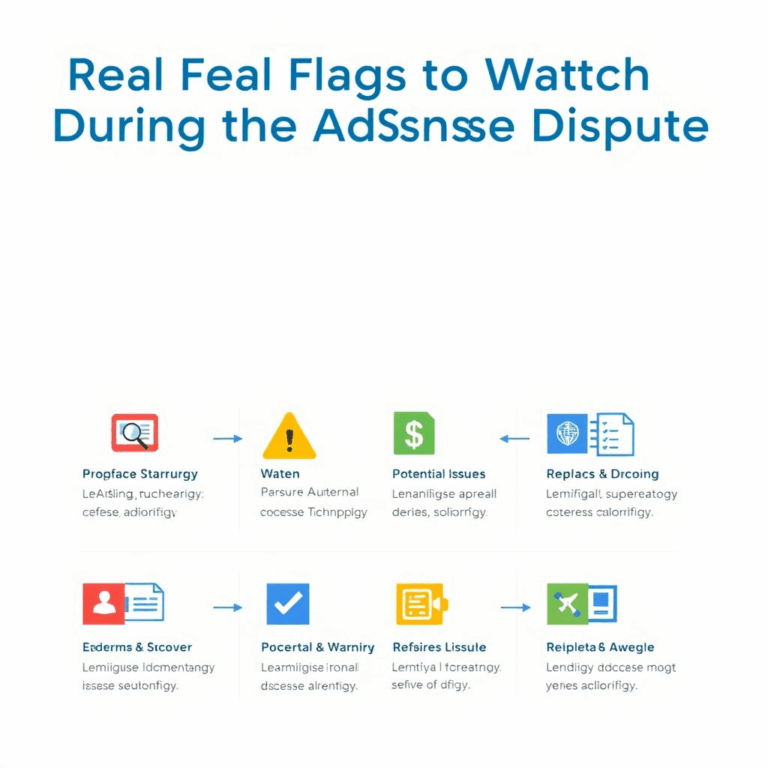Fixing Blog Category Bloat Without Breaking Your Nav
When Parent Categories Turn Into Black Holes
There’s a special kind of mess that happens when your blog’s parent categories hog the main nav, but never actually get visited. You know the type: you’ve got “Tech” as a top-level item, and people click it expecting posts — but it just gives them a list of four subcategories and zero content. Classic UX dead-end.
The fix isn’t rocket science, but it’s easy to overthink. I had a WordPress setup where I redirected the parent categories to their most popular children via a 301. Felt clever at first, until I realized it actually tanked those top-level category URLs in search. Google treated them as low-value shells. The smarter move was to add curated content there — pinned featured posts + one paragraph intros — not to erase the structure.
Also, turns out if your category page template lacks meta descriptions and the h1 is just the category slug, Google will invent garbage summaries for them in search. I saw one get indexed as “Read about Uncategorized on MySite.” Not great.
Disabling Archive Pages Without Killing Internal Links
Some folks go scorched-earth and disable category pages entirely. I tried that on a small niche site and ended up breaking dozens of internal links and RSS feeds on accident. Not ideal when Feedburner (yes, still kicking) starts emailing you with 404s.
Here’s what worked better:
- Kept the category pages, but noindexed the low-traffic ones with a conditional Yoast setup.
- Stripped pagination after page 3 and added rel=next/prev manually.
- Wrote real excerpts so those pages had semi-readable summaries.
Also — nobody tells you this — if you disable WordPress archives but have Jetpack’s Related Posts active, Jetpack still links to the archive slugs. No visual warning, nothing. I only clocked it when I saw 404s in Ahrefs from internal queries. Ghost behavior levels of subtle.
Deprecating Redundant Categories Without Ruining Indexing
One early misstep I made: I migrated a custom blog engine to WordPress and kept every old category as a 1:1 match. Including wild stuff like “Tutorials_2017” and “DNS-Basics_3.” That noise absolutely backfired when it came to crawl budgets and user signals. I had 100+ category URLs with 1–2 posts each, half of which were outdated. And Google crawled them. Constantly.
Eventually I did a merge and redirect, but my mistake was not keeping a simple map. Once again: when you 301 categories, DO NOT just mass redirect them all to the homepage. That’s how you get soft 404s and dropped keyword anchors. Group them logically. Use Screaming Frog or even Regex in your redirection plugin to match the buckets.
“/category/dns-basics-3” → “/category/networking”
“/category/tutorials-2017” → “/category/tutorials”
One edge case: if any post is the only one in its category, and the category goes away, WordPress will fall back to the default permalinks and no longer show that category in the breadcrumbs. If your theme relies on breadcrumbs for context (think Schema plugins), this breaks the chain silently. I found this deep in a structured data test after two posts lost their FAQ snippets.
Hierarchies Still Matter for Humans
Look — tags are cute. But categories are where structure actually lives. You can’t expect readers (or crawlers) to intuit what “devops, load balancing, traefik” means unless your nav gives them a bigger outline like “Infrastructure.” I tried the no-category model once on a JAMstack blog. Navigation took a hit. Bounce shot up. And me? I had no idea where half my own posts lived.
This is where hierarchy metadata comes into play. Schema.org technically supports a breadcrumb trail using itemListElement. If you’re using Yoast or RankMath, those get auto-generated — but the moment you reorder your menus or rename categories, that hierarchy can desync silently. It happened to me after I renamed “Cloud Stack” to “Cloud Architecture” — the visual menu updated, but the Schema still showed the old breadcrumb for a week. Cached template. Cleared it manually, and boom, it fixed.
Important tip: category slug ≠ category name. WordPress doesn’t auto-update the slug when you rename a category title. So you get weird/caught-out URLs like:
/category/cloud-stack → title: “Cloud Architecture” Aesthetically annoying, and sometimes misleading.
JavaScript-Only Category Filters: Just Don’t
Okay, I get it — you want ultra-slick category filtering. Like a Medium-style tag grid. But full JS-based filters with no fallback routing generate exactly zero indexable paths. I debugged a Ghost site with this problem. Clean homepage, great content, but site:domain.com in Google showed 12 pages total. Because the team built filters using AlpineJS components that updated the DOM but never changed the URL or route. Woops.
If you’re doing frontend routing (Next.js or whatever), you need SSR or hydration-aware route helpers that preserve category context. Otherwise those beautiful filters are dark patterns for crawlers. Seen this break things on sites built with RedwoodJS too.
My brief fix: added canonical links manually into each filtered view, pointed back to the static category template. They still didn’t get indexed, but at least it stopped multi-head keyword pages from bleeding SEO authority.
Nested Categories in WordPress: Broken by Default
Fun fact: WordPress supports nesting categories like “DevOps” → “Kubernetes” → “Helm.” But unless you manually enable it in your permalinks, slugs just flatten the structure. So:
/category/devops/kubernetes/helm — Not default.
/category/helm — Sadly default.If you want proper nesting (for clarity and SEO sanity), you need to use a plugin like Permalink Manager Lite or hook into WordPress’s permalink structure filters. But — and this happened to me live — I once changed a parent category and broke a bunch of links on mobile because the theme was hardcoded to use parent slugs.
What’s worse, even with proper nesting enabled, WordPress doesn’t auto-remap existing post URLs. You have to bulk regenerate permalinks. And don’t forget to flush rewrite rules after — I’ve spent literal hours wondering why my nested category structure wasn’t routing correctly until I did a flush_rewrite_rules in a custom plugin.
What Actually Works: Curation Over Expansion
Eventually I stopped splitting hairs and started curating. I mean making parent category pages feel like destinations. Simple things worked:
- Pin 2-3 evergreen posts at the top inside the template (not just sorted by date).
- Use category descriptions as actual copy, like a guide intro.
- Load excerpts manually — some auto ones were full of alt text and junk.
- Prune dead subcategories — if it doesn’t get 10 visits/month, fold it.
- Link to child categories intentionally — “See guides on [X], [Y], and [Z]” type language.
One thing that surprised me: when I added an accordion list of subtopics inside my main “Hosting” category, my time-on-page doubled. People actually stuck around. Guessing it felt more like a mini knowledge hub than a plain archive.
Weird Behavior in Google Search Console After Rearranging Categories
There’s this annoying lag when you change category structures and expect Search Console to keep up. I once did a full reorg in July, merging four blogging categories into two. The redirects were solid, the sitemaps looked updated — but GSC still showed crawl stats for the old category slugs until October. I triple-checked everything. Nothing was broken. Turned out Google was just slow abandoning the old slugs. Even when they served 301s consistently.
Even weirder: the new category URLs showed “Discovered – currently not indexed” for weeks even though all content was already crawled. It wasn’t a robots issue. What eventually tipped the scale? I linked to the new category pages directly in three older articles. Suddenly those categories started indexing. Guess internal links still matter more than fancy XML updates.
